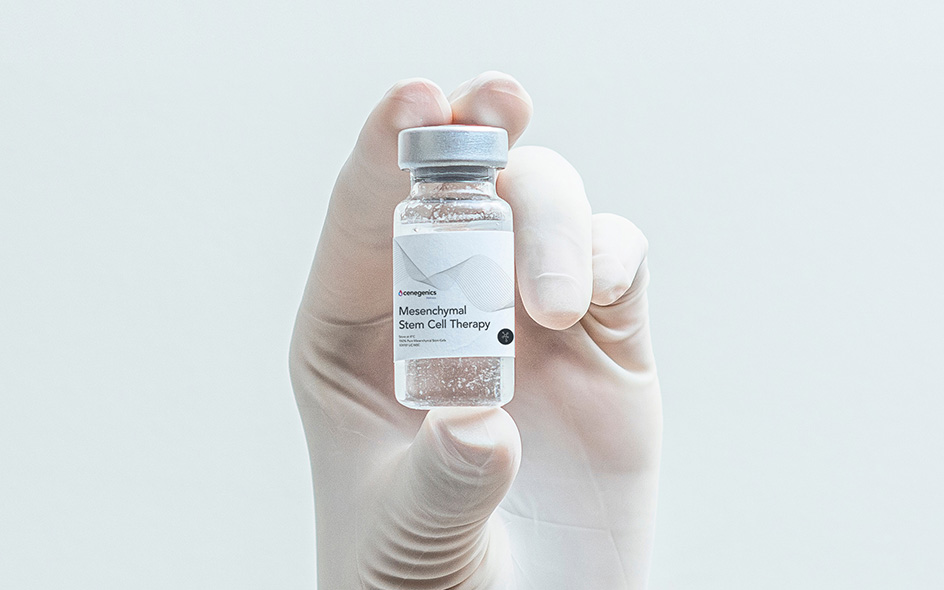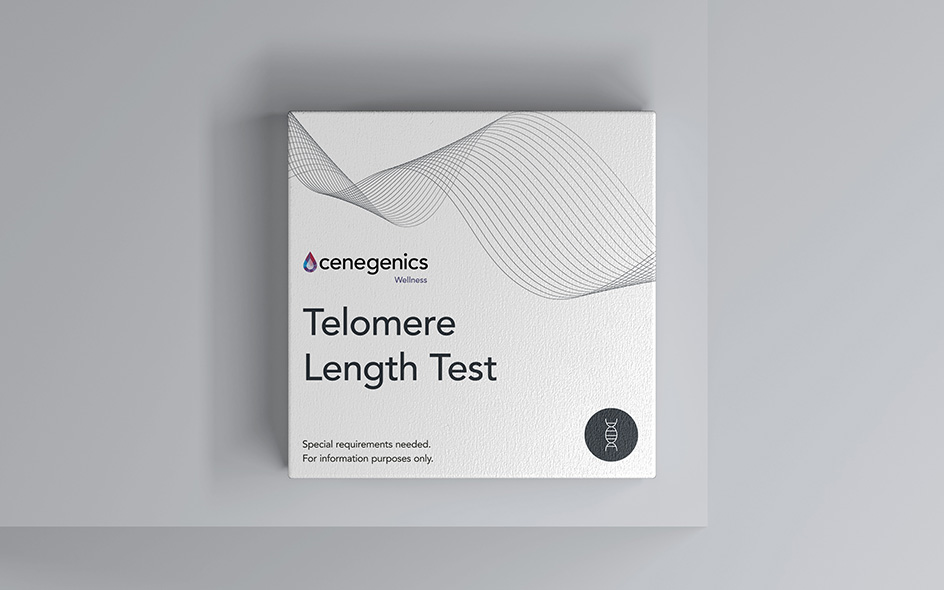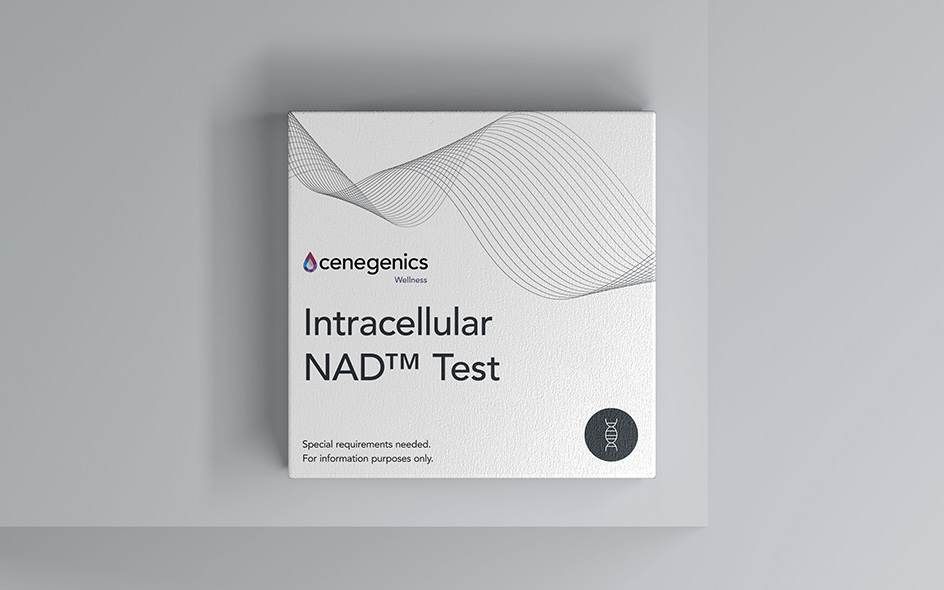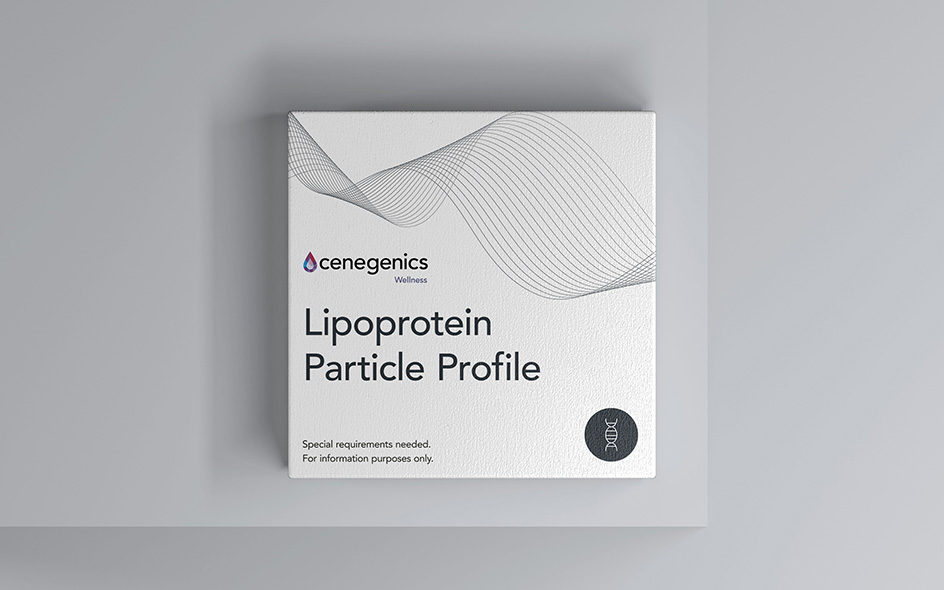01
Mesenchymal stem cell therapy
Mesenchymal stem cell therapy
A mesenchymal stem cell (MSCs) therapy involves administering mesenchymal stem cells - intravenously and/or intra-articularly as appropriate - into the body to directly stimulate the regenerative process.
What are stem cells?
Stem cells are the "repair cells" of the body. Unlike most cells, which have a specialized function, stem cells are undifferentiated cells that are activated when repairs are needed. Every restoration that takes place in the body is orchestrated by stem cells; for this reason, stem cell therapies have an incredible range of applications [1].
Why is it important to receive stem cell therapy?
As we age the quantity and quality of our stem cells decrease, and senescent cells - damaged cells - grow, so we heal more slowly and are more susceptible to disease [2]. At Cenegenics Wellness our goal is to restore stem cells with personalized regenerative therapies and control senescent cells - with our precision medicine-based solutions.
How does a stem cell therapy work?
A stem cell therapy works by enhancing the body's repair machinery by stimulating, modulating and regulating the stem cell population and/or replenishing the cell reserve with a view to tissue homeostasis (balance) and regeneration [3].
Which stem cells do we use?
We use 100% pure mesenchymal stem cells (MSCs), isolated and cultured from umbilical cord tissue - Wharton's Jelly - which today is considered a fundamental source for culturing stem cells [4]. Scientific studies have shown that allogeneic stem cells - cells from donated tissue - are more effective than autologous stem cells - our own stem cells - because they do not have the same damage and aging that we do [5].

Are mesenchymal stem cells safe?
Yes, MSCs are safe. Mesenchymal stem cells are naturally present in the body, have no genetic information and no specialized function so there is no possibility of immune rejection [6]. Their function is to support homeostasis (the healthy status quo) by responding to, and decreasing inflammation, as well as stimulating regeneration when necessary. Since 1995 MSCs have been used in clinical trials; currently, there are more than 80 trials registered on ClinicalTrials.gov and no significant adverse effects have been reported.
Mesenchymal Stem Cell Therapy Applications
Global clinical studies have demonstrated the benefits of MSCs therapy for:
Longevity and prevention
As we age, so do our stem cells. People over 40 can benefit from regenerative therapies.
Aesthetic effects
MSCs can help reverse the signs and symptoms of aging such as: hair loss, loss of skin elasticity, among others.
Joint and sports injuries
Many injuries, from joint and/or sports injuries to trauma, can benefit from MSCs therapy.
Health conditions and chronic pain
MSCs therapy can help in the recovery of chronic pain and various health conditions.
02
Therapy process
Our therapeutic protocol - Cenegenics Wellness
We follow the Eonia Therapeutics holistic approach that ensures our patients get the most out of their therapy:
We start with a proper diagnosis to determine your eligibility and establish your baseline health status. We continue with the guidance of our medical and scientific team to design the most effective therapeutic plan for your unique needs.
- Health Assessment
- Mesenchymal Stem Cell Therapy
- Follow-Up
Do stem cells have side effects?
Side effects of stem cell therapy are only observed in about 3% of patients, some of those observed are body aches, chills or nausea which have only been observed immediately after treatment and have resolved quickly.
Is the procedure painful and how many stem cells are administered?
Stem cell therapy is a painless and non-invasive procedure. In most cases it is a simple intravenous infusion. Depending on what is being treated, the attending physician will establish the method of administration and the ideal mesenchymal stem cell dosage.
Requirements:
- Preparation: On the day of the procedure you can eat and drink as usual, preferably something light.
- Clothing: Comfortable clothing, preferably with short sleeves.
- Duration: Between 60 - 90 minutes.
- Frequency: For preventive purposes it is recommended to repeat the therapy at least once a year. The ideal frequency depends on the condition to be treated and the needs of each person.
03
Results
Benefits of mesenchymal stem cell therapy
Solid research from around the world demonstrates the profound clinical benefits of MSCs and their ability to create an optimal restorative environment:
- Protection of existing cells
- Anti-microbial peptide secretion
- Stimulation of cell regeneration
- Highly anti-inflammatory
- Restore cellular function
- Improved immune function
- Pain reduction
- Improved general wellbeing
- Tissue repair/healing
How long will it take to see results?
The time frame in which therapy results can be experienced varies greatly depending, first and foremost, on what is being treated. Other considerations such as lifestyle, other health conditions and environmental impact can affect the effectiveness of therapy. Many claim to see immediate improvements, while others take up to 6 months.
04
Optimal health
Do stem cells improve health?
While mesenchymal stem cell therapy shows promise in the growing body of scientific data, there is nothing about stem cell therapy that is a "miracle" or a "cure". The most powerful and direct way to harness the power of stem cells within the body is through total health optimization, and this brings us to the core philosophy of Cenegenics Wellness; Correct the factors that impair the body and support its functionality through a holistic approach that takes care of nutrition, movement, sleep, and other modalities that are effective in maximizing the function of our own body's stem cells.
Why regenerative therapy at Cenegenics Wellness?
Mesenchymal stem cell therapy is supported by a fairly extensive clinical safety database and at Cenegenics Wellness we collaborate with Eonia Therapeutics to provide the highest quality standards necessary to satisfy the regulatory and clinical aspect of the practice.
We work with established and certified laboratories that meet or exceed current Good Manufacturing Practice (GMP) regulations and operate in full compliance with FDA and International Society for Cellular Therapy (ISCT) guidelines and procedures, where highly qualified and licensed physicians administer the therapies.
Cenegenics Wellness is one of the few medical centers in the world that complies with all the legal regulations established by COFEPRIS, the Mexican FDA, for the application of regenerative medicine for therapeutic purposes.
Article written by: Paulina Alva, Precision Longevity Coach
References
- Neil, H Riordan, Phd. Stem Cell Therapy. A rising tide. How Stem Cells are disrupting medicine and transforming lives. 2017. 31-46; 231-241.
- McHugh, D., & Gil, J. (2018). Senescence and aging: Causes, consequences, and therapeutic avenues. The Journal of cell biology, 217(1), 65-77. https://doi.org/10.1083/jcb.201708092
- O'Brien, T., & Barry, F. P. (2009). Stem cell therapy and regenerative medicine. Mayo Clinic proceedings, 84(10), 859-861. https://doi.org/10.1016/S0025-6196(11)60501-6.
- La Rocca G. Connecting the dots: The promises of wharton's jelly stem cells for tissue repair and regeneration. Open Tissue Eng. Regen. Med. J. 2011;4:3-5.[Google Scholar]
- Mueller, S. M., & Glowacki, J. (2001). Age-related decline in the osteogenic potential of human bone marrow cells cultured in three-dimensional collagen sponges. Journal of cellular biochemistry, 82(4), 583-590 . https://doi.org/10.1002/jcb.1174.
- Zhang, J., Huang, X., Wang, H. et al. (2015) The challenges and promises of allogeneic mesenchymal stem cells for use as a cell-based therapy. Stem Cell Res Ther 6, 234 . https://doi.org/10.1186/s13287-015-0240-9.
- Hoang, D. M., Pham, P. T., Bach, T. Q., Ngo, A. T. L., Nguyen, Q. T., Phan, T. T. K., Nguyen, G. H., Le, P. T. T. T., Hoang, V. T., Forsyth, N. R., Heke, M., & Nguyen, L. T. (2022). Stem cell-based therapy for human diseases. Signal transduction and targeted therapy, 7(1), 272. https://doi.org/10.1038/s41392-022-01134-4. https://doi.org/10.1038/s41392-022-01134-4











